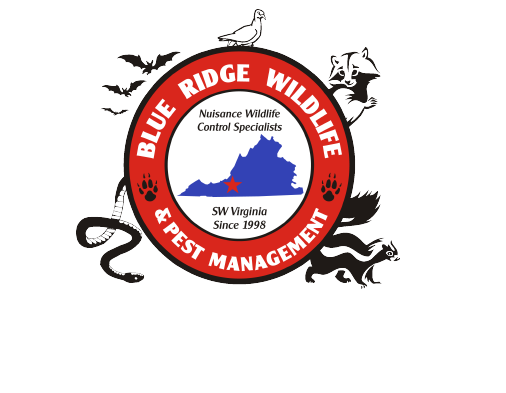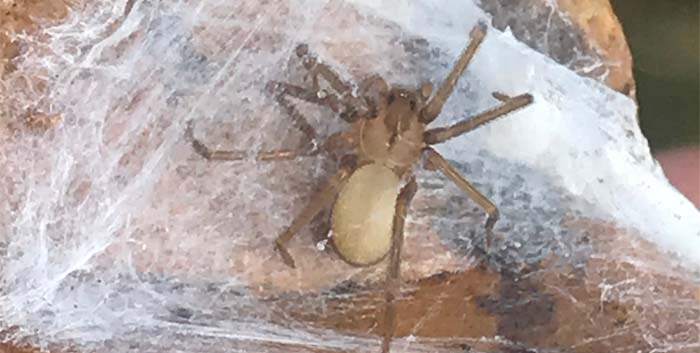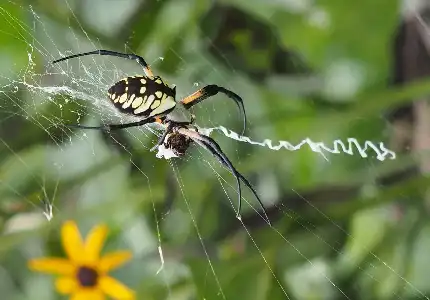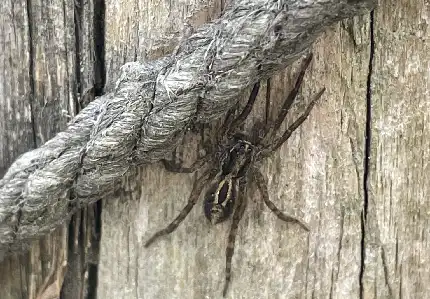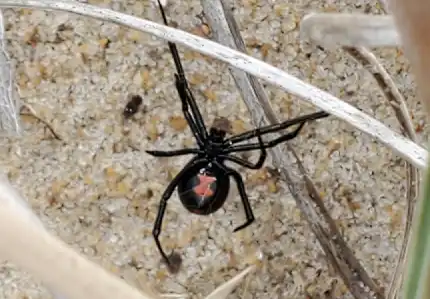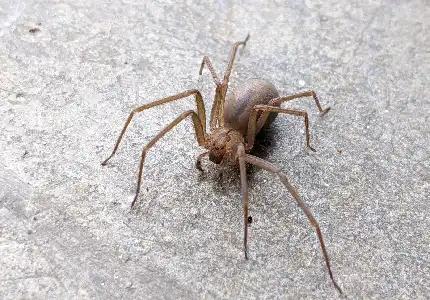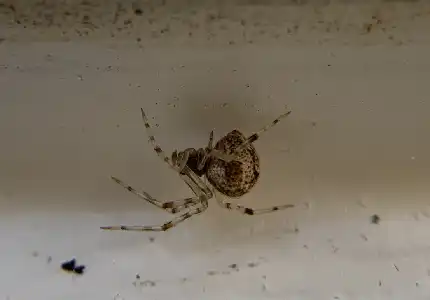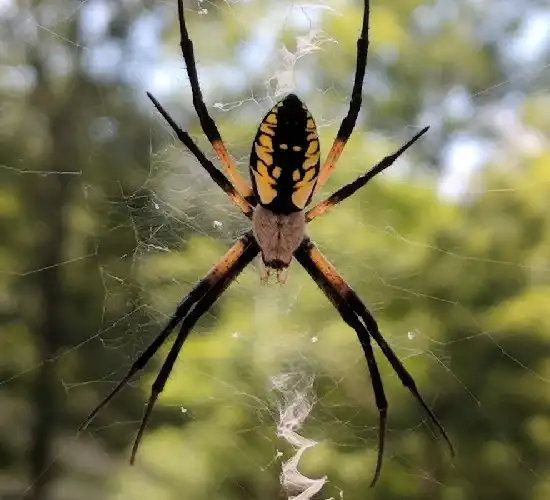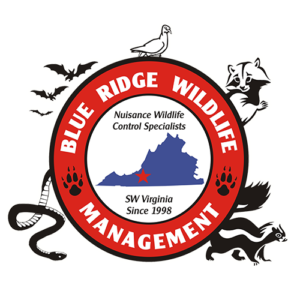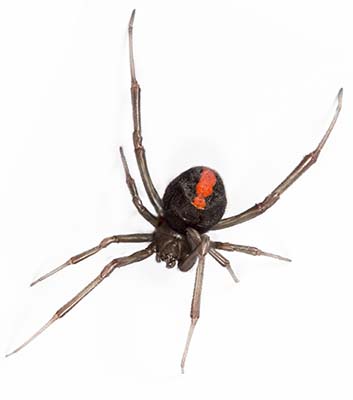
Spiders in Virginia
Spider Life Cycle
Spiders have a fascinating life cycle that varies depending on the species. Most Virginia spiders begin their lives as eggs, which are laid in a silken sac. The number of eggs in a sac can vary widely, from just a few to several hundred. After a period of time, the eggs hatch into spiderlings. These tiny spiders resemble adults but lack the distinctive features such as coloration and size. Spiderlings are vulnerable to predators and may disperse widely in search of food and shelter.
As spiderlings grow, they molt their exoskeleton several times, shedding their old skin to make way for a new one. Molting is a critical part of the spider’s life cycle, allowing it to grow and develop. During the final molt, male spiders will reach sexual maturity and will begin searching for a mate. Females may also begin producing pheromones to attract potential mates. After mating, females will lay eggs, starting the cycle over again.
Many Virginia spider species live for only a year or two, with some dying shortly after mating or laying eggs. In general, spiders have relatively short life spans compared to other animals, but they play an essential role in the ecosystem by controlling insect populations and serving as prey for other animals.
Spider Anatomy
Spiders in Virginia are carnivorous and feed primarily on insects, although some larger species may also prey on other spiders, small vertebrates, or even other spiders of their own species. Spiders use a variety of hunting techniques to capture their prey, including active pursuit, web-building, and ambush.
Spiders have specialized mouthparts called chelicerae that are used to inject venom into their prey. The venom contains enzymes that begin to digest the prey’s tissues, allowing the spider to suck out the liquefied contents. Depending on the species, spiders may use different types of venom to subdue their prey, and some venom can be quite potent and even dangerous to humans.
The diet of spiders in Virginia varies depending on the species and the availability of prey in their habitat. Some spider species are generalists and will feed on a wide range of prey, while others are specialized and may only prey on specific types of insects. For example, orb-weaver spiders primarily feed on flying insects such as moths and flies, while jumping spiders often feed on small insects such as ants and beetles.
The hunting techniques used by spiders also vary depending on the species and their habitat. For example, wolf spiders actively hunt for prey on the ground, while jumping spiders use their excellent vision and agility to capture prey in trees and bushes. Some spider species, such as funnel weavers, build webs to trap prey, while others, such as crab spiders, ambush their prey by hiding and waiting for an opportunity to strike.
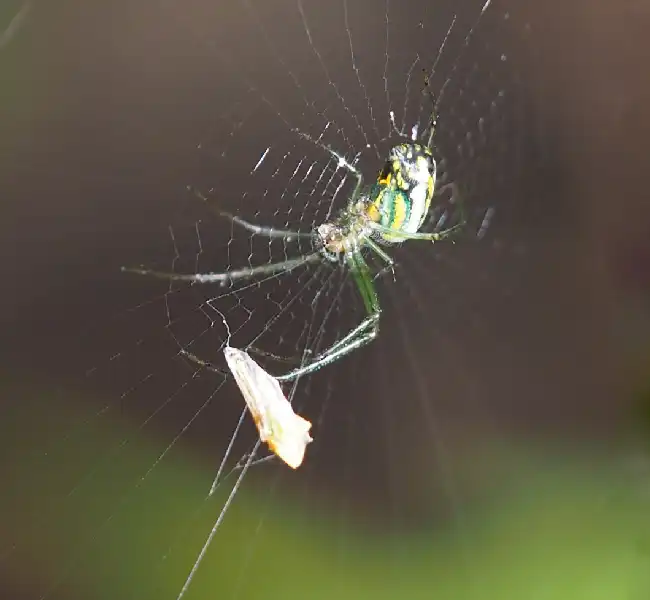
Do You Have a Spider Problem?
Learn more about our Spider Control Program or call us at (540) 776-1769
